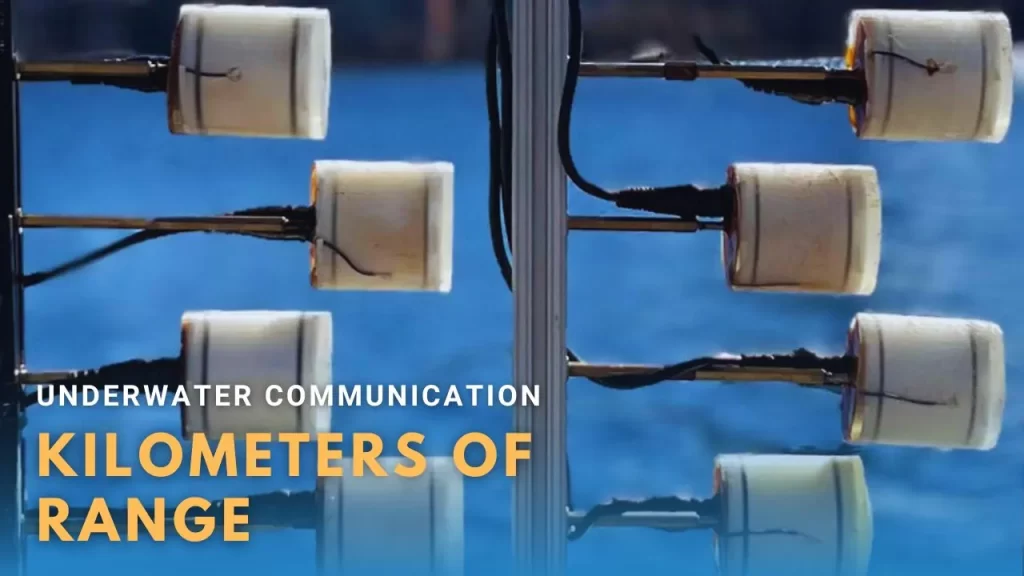
MIT researchers have created a groundbreaking system for transmitting messages underwater using extremely low power. This innovation has the remarkable ability to send signals across extensive distances, even spanning kilometers, all while consuming a minimal amount of power compared to existing underwater communication methods.
Developed over several years, this technology enables underwater devices to communicate without relying on batteries. Its potential applications span various fields, from aiding fish farms to predicting coastal storms and investigating climate changes.
Fadel Adib, the lead researcher, describes how what began as an intriguing idea has now transformed into a practical and real technology. While challenges still exist, the team has a clear plan to make this innovation widely accessible.
Working
The mechanism behind this new system involves utilizing sound waves to carry information by bouncing them off underwater surfaces. What sets this method apart is its proficiency in guiding these sound signals back to their origin, significantly enhancing communication effectiveness and extending the achievable distances.
During testing in both a river and the ocean, the device exhibited a communication range over 15 times farther than previous models. However, the experiment’s scope was restricted by the length of the docks available for testing.
To gauge the full potential of this technology, the team developed a model to estimate its maximum range. This model indicated that their system could operate across kilometers underwater.
The researchers have detailed their findings in two papers scheduled for presentation at conferences. They employed special materials capable of converting mechanical movements from sound waves into electrical signals, which are then reflected back to the original source, transmitting data as they rebound.
The primary challenge in this type of communication is the dispersion of the reflected signal in various directions, resulting in only a fraction reaching the source. This weakens the signal and limits its transmission range.
To address this challenge, the researchers utilized a classic radio device design to ensure that the reflected signals are directed back toward their source, thereby bolstering communication strength and expanding the achievable distance underwater.





